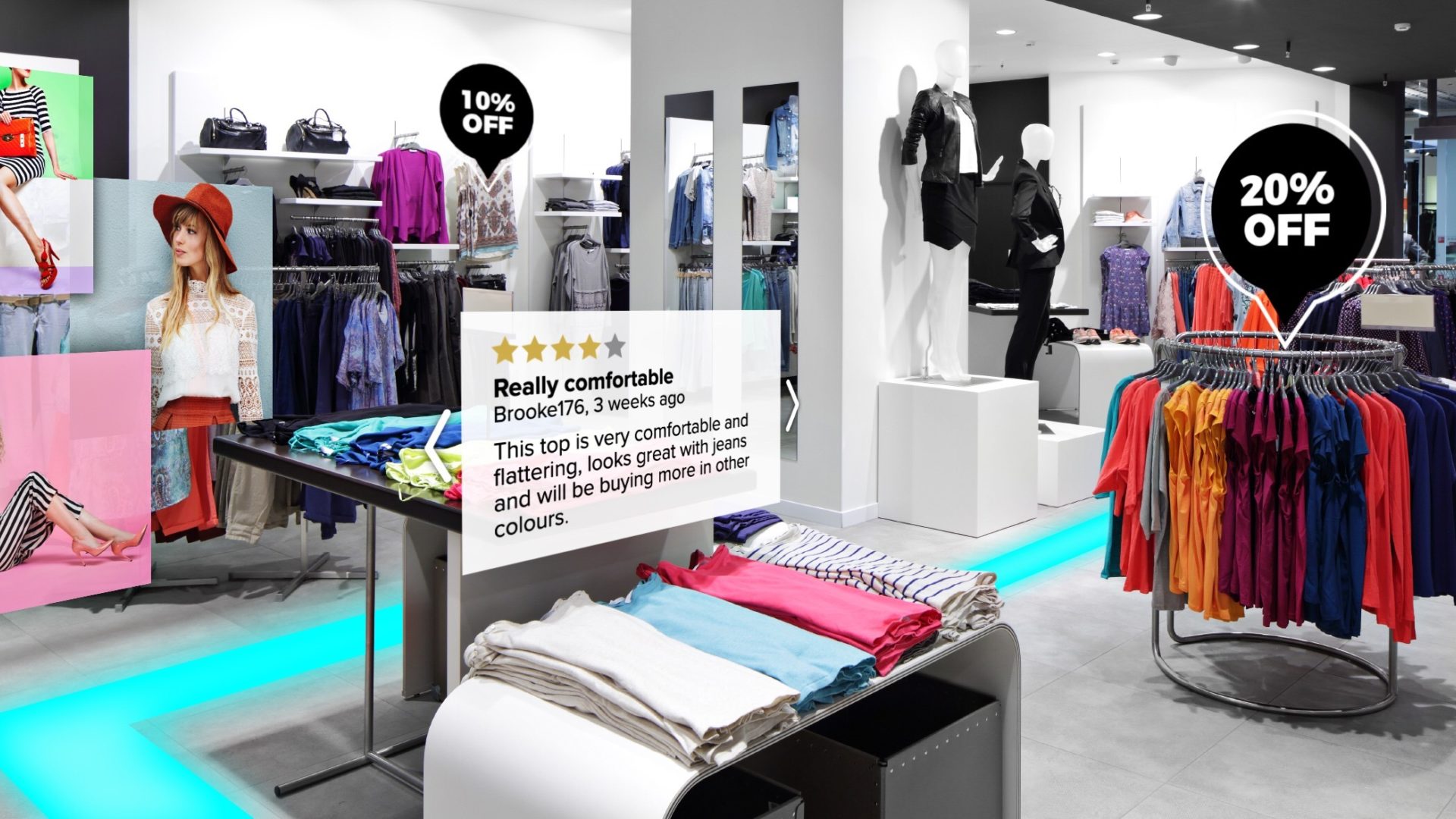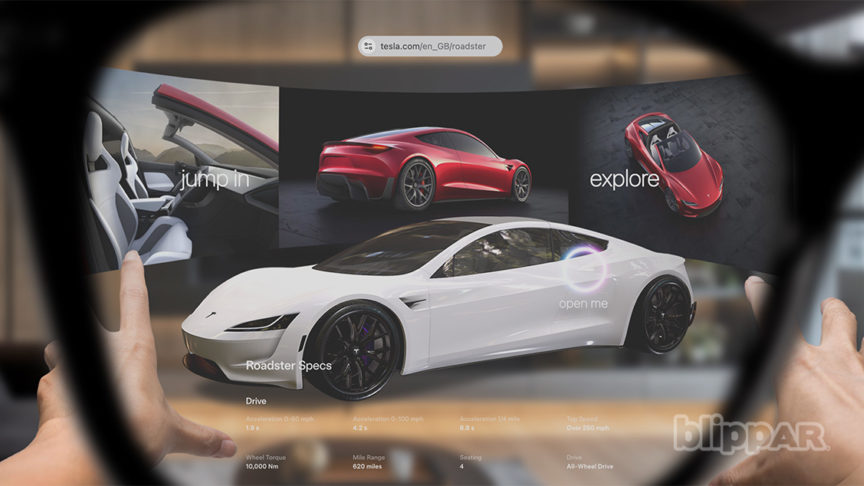AR has been around for a while but, apart from the brief Pokémon Go craze, has never quite caught on with the public. The current shift to online shopping is about to change all that, says Blippar CEO Faisal Galaria.
An ongoing shift from offline to online shopping is being expedited by the global pandemic, with behaviours established during this exceptional time expected to endure even after the world returns to something like normality. This increased reliance on online shopping is driving retailers to explore how emerging technologies can help them connect with consumers, differentiate their products and expand their international footprint digitally; and augmented reality (AR) delivers a wealth of exciting opportunities.
AR is not a new concept, and many retail brands have already dabbled in the technology, but various developments are currently coming together that are giving AR the chance to flourish. These include the rollout of 5G connectivity, as well as the launch of AR apps or functionalities from the likes of Google and Amazon, which are rapidly propelling the technology into the mainstream. Consumer usage is also on the rise, with 71% stating they would shop more often as a result of AR apps.
Here are just three ways retailers can use AR to transform their marketing strategies at a time when the online experience is more important than ever.
Live events and product launches
While in-person events such as product launches are not possible in the current environment, that shouldn’t stop retailers using events to unveil new ranges and create buzz around their latest products. AR can deliver immersive and emotionally charged virtual events that are just as effective as in-person experiences.
The potential of the technology for live events was illustrated at the start of the year, when model Adwoa Aboah walked the London Fashion Week catwalk in AR, and in July by Chinese brand OnePlus when it unveiled its new smartphone at the world’s first live-streamed AR product launch event.
According to research, 55% of consumers think AR makes the shopping experience more exciting, so digital events can capture this interest and drive further confidence in the technology.
An AR event experience has a number of benefits over a more traditional offline launch event. It enables consumers to be active participants, rather than passive viewers, through interactive functionality integrated into the digital presentation layer. It also makes events more scalable, overcoming the natural boundaries of any physical location to enable countless consumers to experience product launches and events simultaneously from any location worldwide.
Personalised product visualisation
With online shopping removing the hands-on element of visiting a physical store, retailers need to help consumers visualise and try out products to encourage them down the path to purchase. According to Apple, consumers are 11 times more likely to buy furniture if they have had the opportunity to see how it looks in their home environment using AR. Apple further notes Wayfair reporting consumers are 3.4 times more likely to buy, while Build.com cites 20% fewer returns when consumers can experience products more holistically with AR.
By implementing AR technologies, such as LiDAR and Simultaneous Localisation and Mapping (SLAM), retailers will enable users to see and interact with a product’s specific features, so they come close to replicating the physical shopping experience to increase conversions and reduce returns. LiDAR achieves this by adding a greater sense of depth to AR-driven 3D interfaces, while SLAM enables digital objects to be ‘anchored’ in the physical world, offering shoppers a more realistic experience.
Ikea has used AR successfully for years in its continually improving Place app, which allows customers to position and visualise a piece of furniture in their home before ordering. With 40% of shoppers saying they are willing to pay more for products they can test through AR, many other retailers are now incorporating the technology into their e-commerce offering to provide a more valuable shopping experience. Beauty brands such as Max Factor and Bobbi Brown are also using AR features, so potential customers can see how different cosmetics products look on their own faces.
Every AR experience is unique to the users’ actual context and environment and allows the user to interact with the product in a personalised and immersive way. This level of engagement and personalisation is beyond anything that video or more conventional “flat” internet experiences can provide.
Telling a product’s story
Today’s shoppers want in-depth information about the items they buy and AR can help retailers bring a product’s story to life in an immersive way. WebAR makes this information widely accessible and engaging, offering users a seamless digital experience through their web browsers, without the need to download an app. Kellogg’s, for instance, recently used AR to make eating Coco Pops a fun, educational experience for children in the Middle East. Using AR technology, breakfasters were able to learn about the natural world, as well as the history of chocolate, through educational games in an immersive virtual jungle.
The ability of AR to tell a product’s story is particularly vital when sustainability and corporate social responsibility significantly influence consumers’ purchase decisions. AR can help retailers illuminate the product’s entire journey, including where raw materials are sourced, how products are manufactured, what the supply chain looks like and how products can ultimately be recycled. Mars, for example, has used AR with its Uncle Ben’s rice products, to trace the journey from ‘farm to fork’ and reassure shoppers they are making an ethical purchase.
As the shift to online shopping continues, AR provides valuable opportunities for retailers to engage consumers, showcase their products, create a competitive advantage and drive sales. Live events and product launches, advanced product visualisation capabilities and in-depth product storytelling are just three of the many ways AR is set to transform the retail sector and help retailers thrive at this challenging time.
Published in WARC.
Writen by Faisal Galaria, CEO at Blippar.



